Recognizing shapes Worksheets for Ages 4-7 - Page 2
45 filtered results
-
From - To
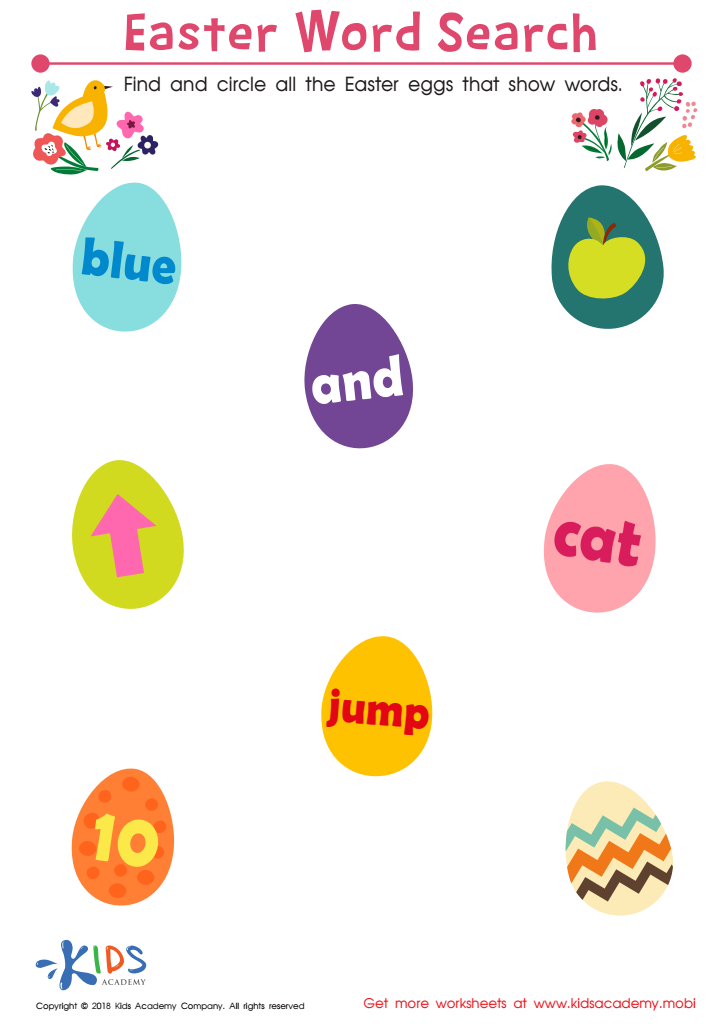

Easter Word Search Worksheet
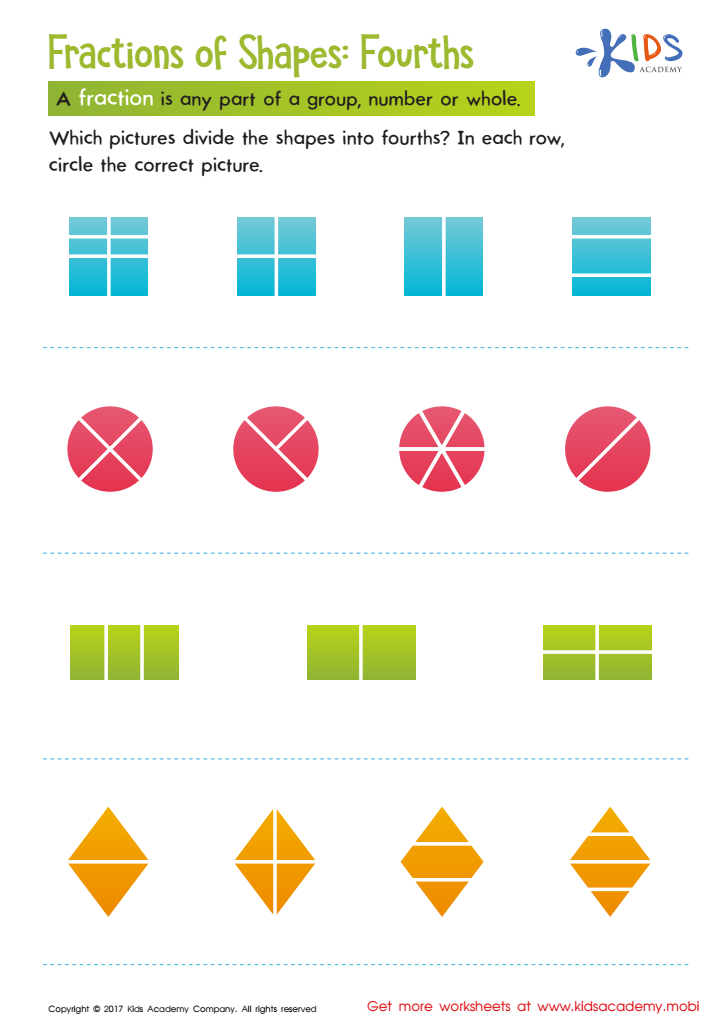

Fractions of Shapes Worksheet
Recognizing shapes is fundamental for children aged 4-7 as it plays a crucial role in their cognitive, mathematical, and physical development. At this formative age, children are like sponges, soaking up basic skills that lay the foundation for more advanced learning. Recognizing shapes helps boost their visual-spatial reasoning, which is critical for understanding and navigating the world around them. This skill is not just important for geometry but also for everyday tasks, such as identifying objects, characters, and numbers.
Moreover, understanding shapes enhances their ability to recognize patterns, a precursor to critical thinking and problem-solving skills. It aids in categorization, which is essential for organizing information and making sense of reality. Math literacy starts with knowing basic shapes like circles, squares, and triangles, eventually guiding children to comprehend more complex concepts such as symmetry, area, and perimeter.
Socially and emotionally, recognizing shapes boosts children's confidence as they master new skills and participate in group activities like learning games and art projects. This interaction can reinforce their communication abilities and provide a sense of accomplishment. For teachers and parents, nurturing this aspect of early education sets a solid groundwork for future academic success and holistic development.
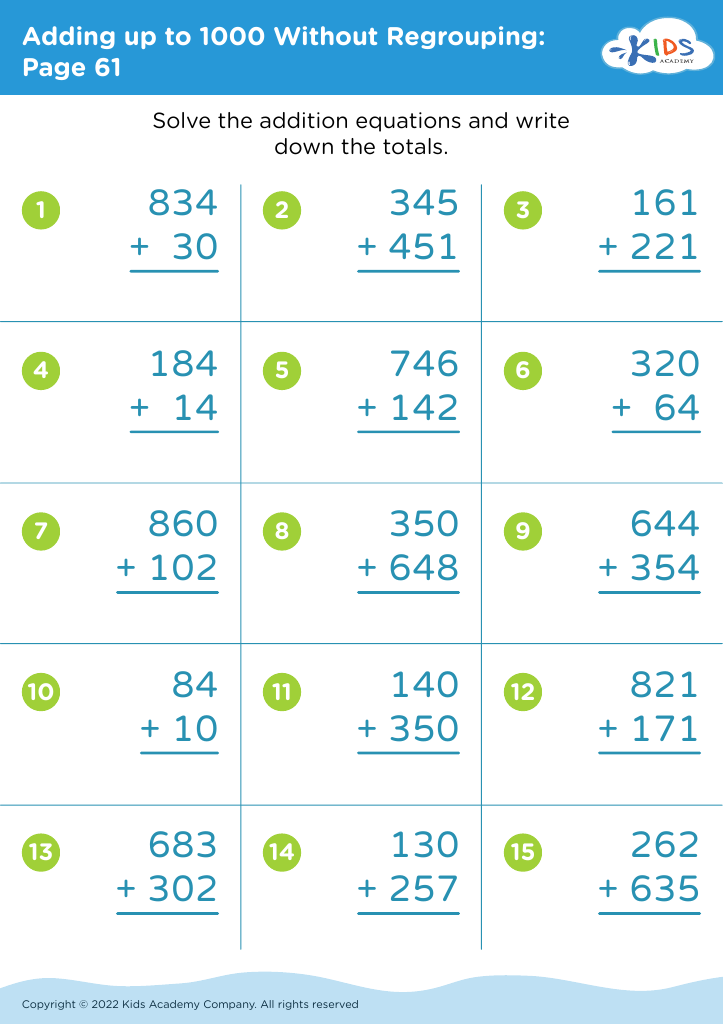

 Assign to My Students
Assign to My Students
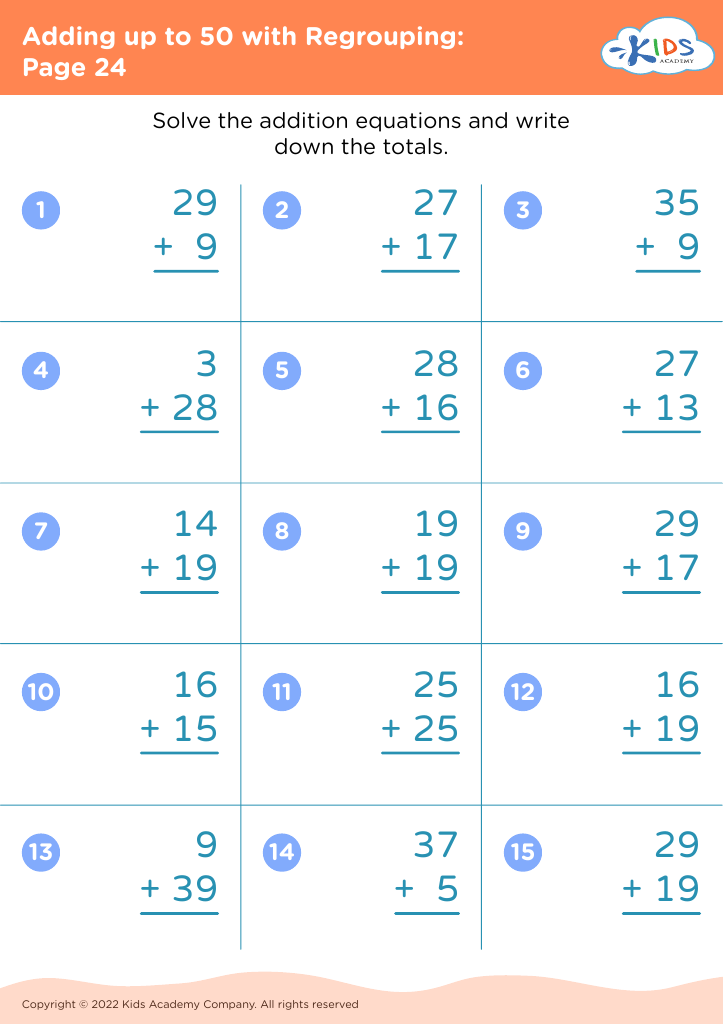
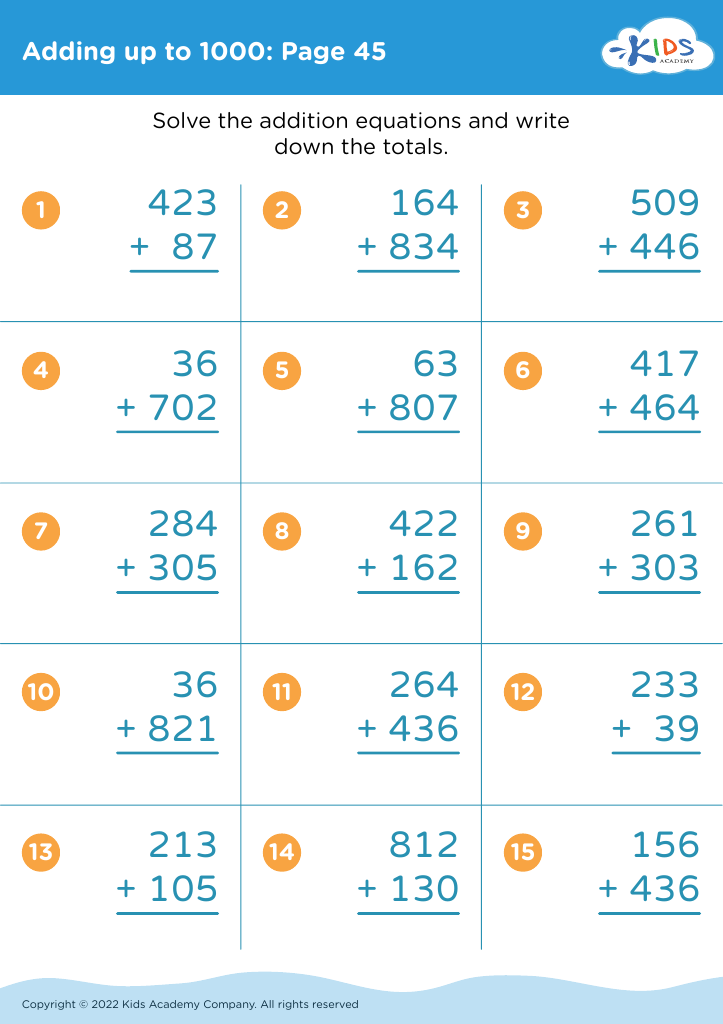
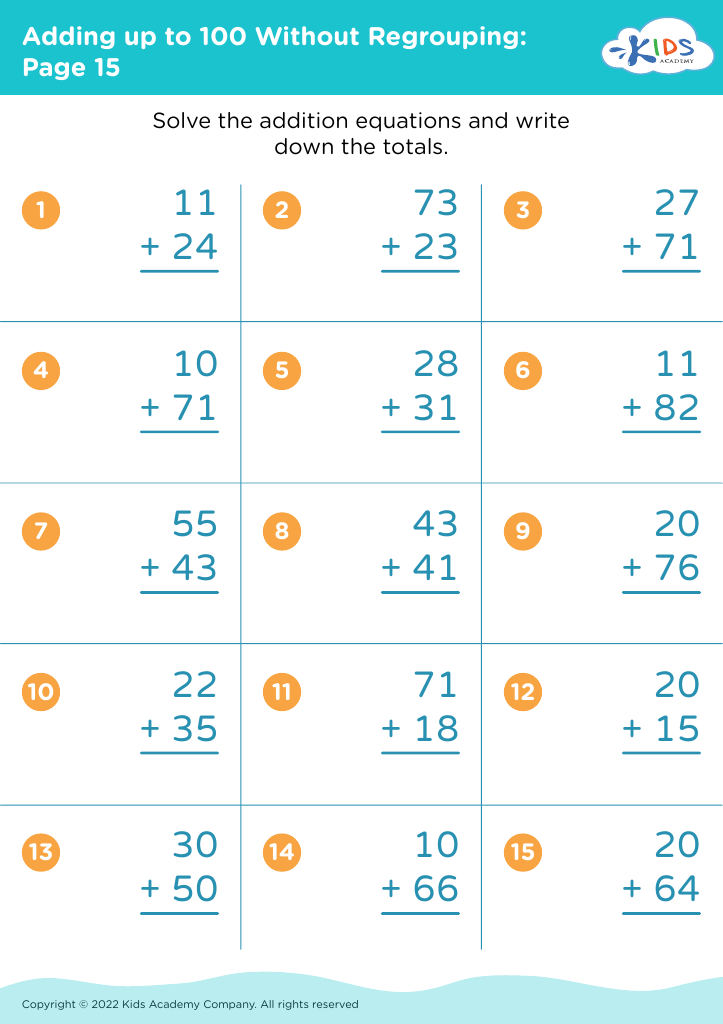

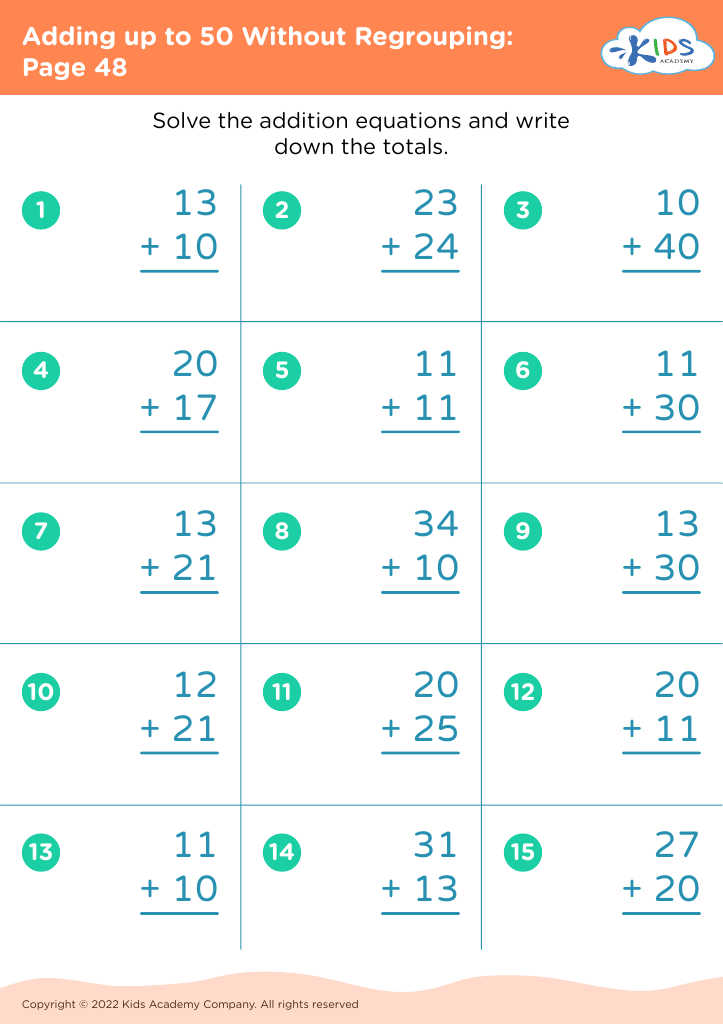
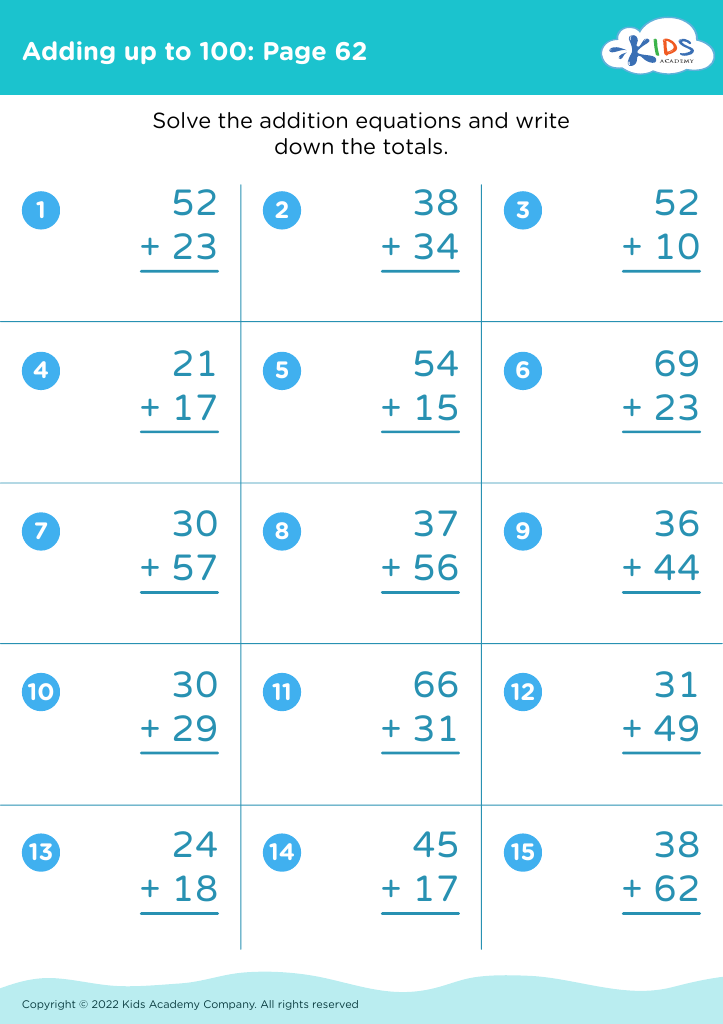
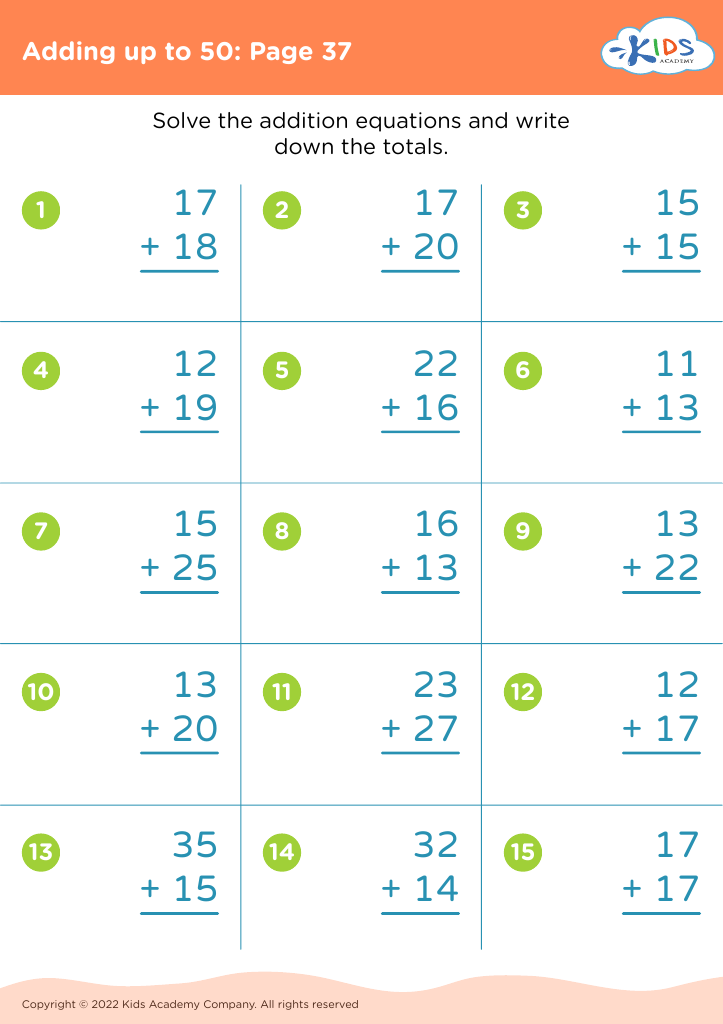

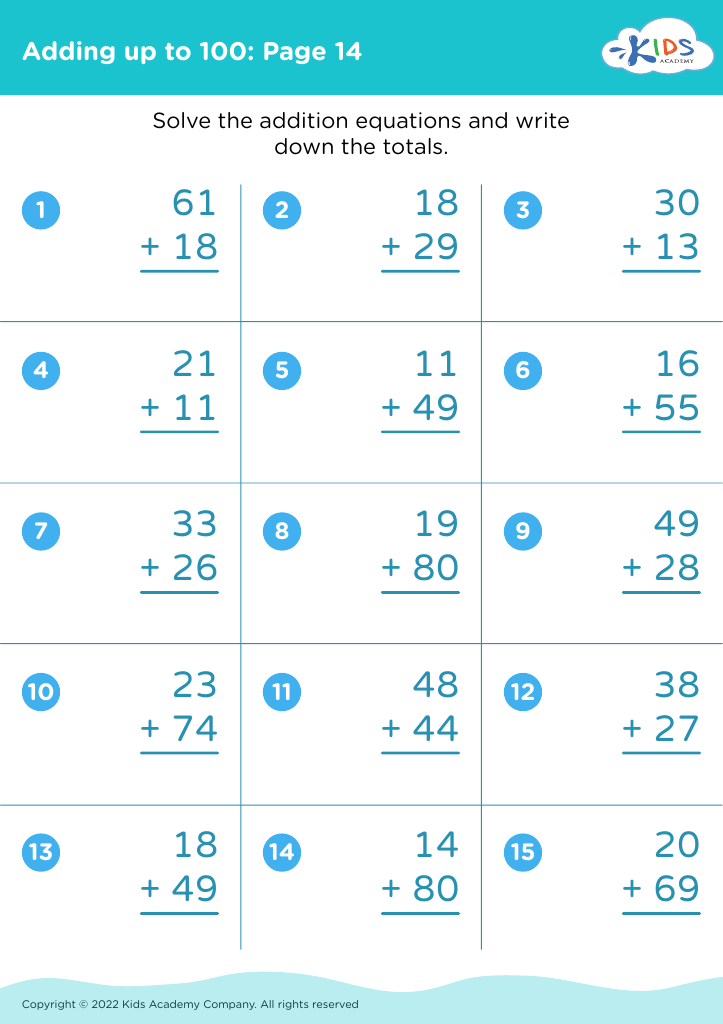
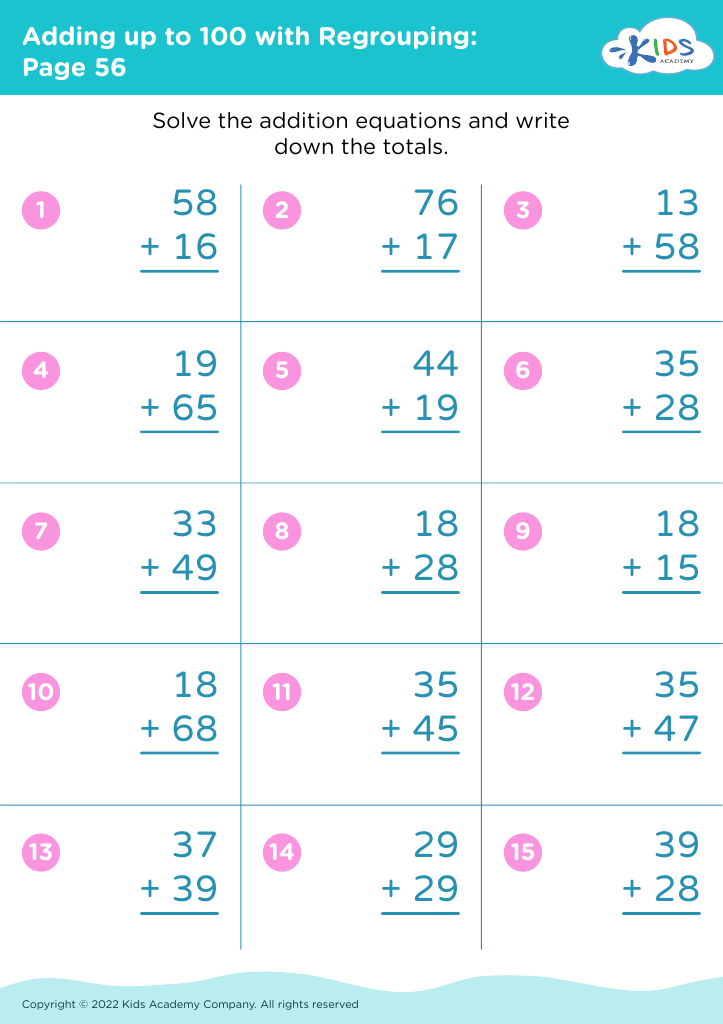
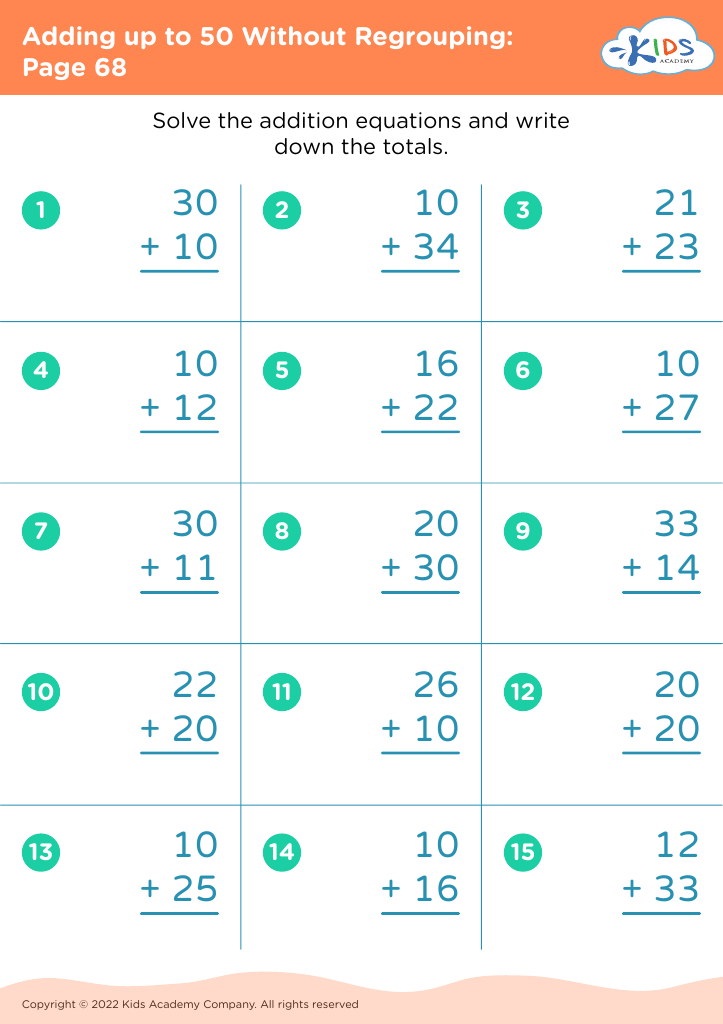
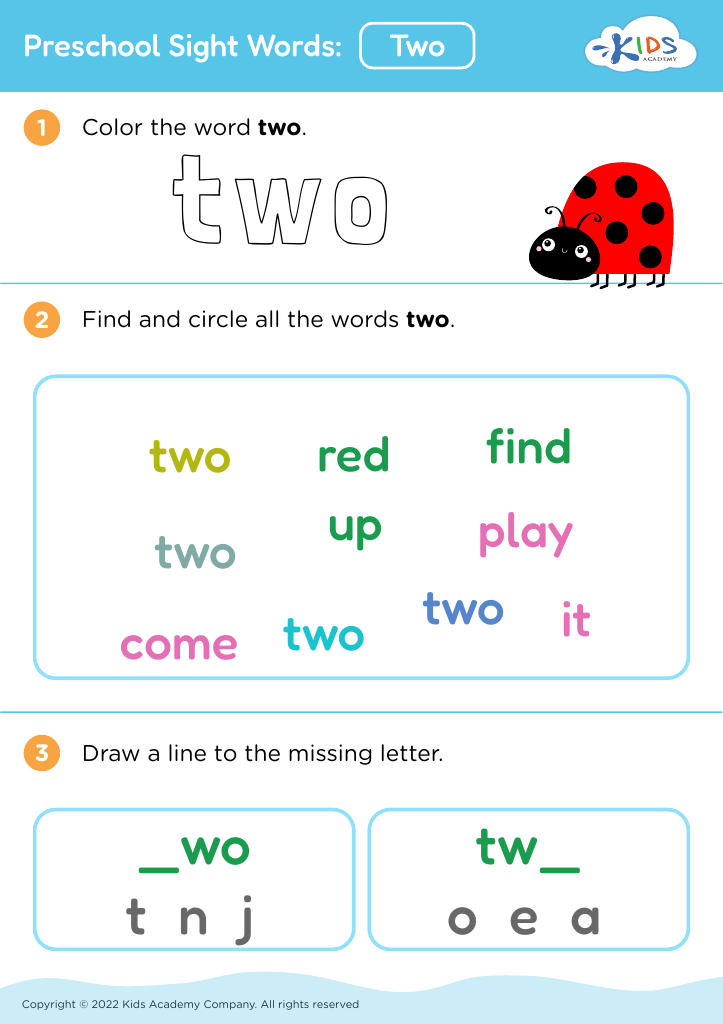

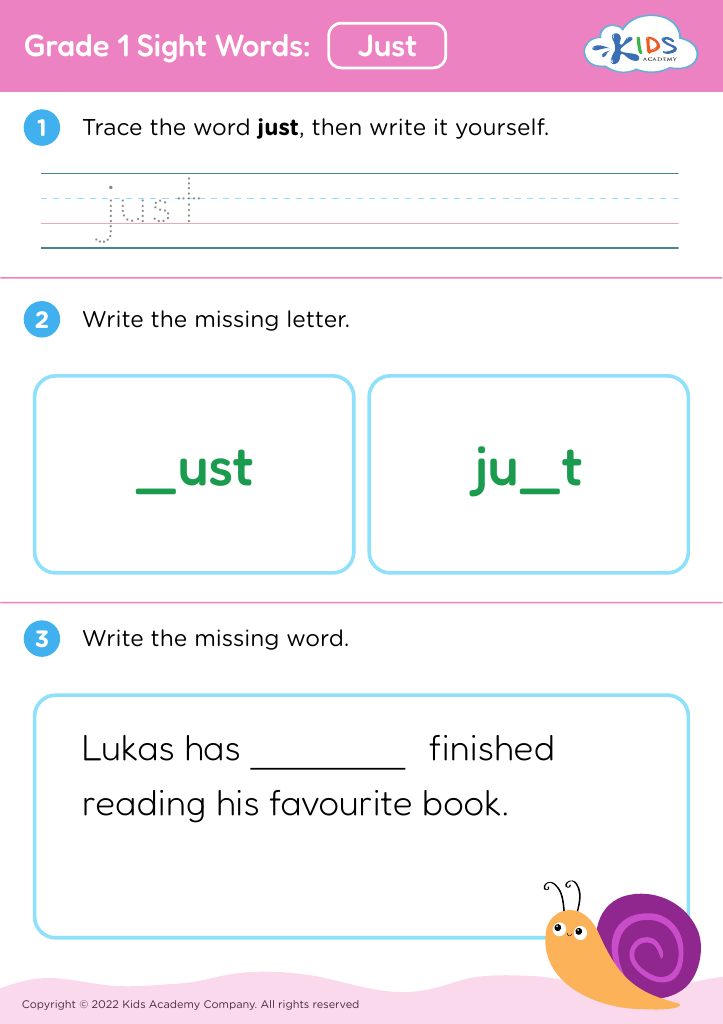
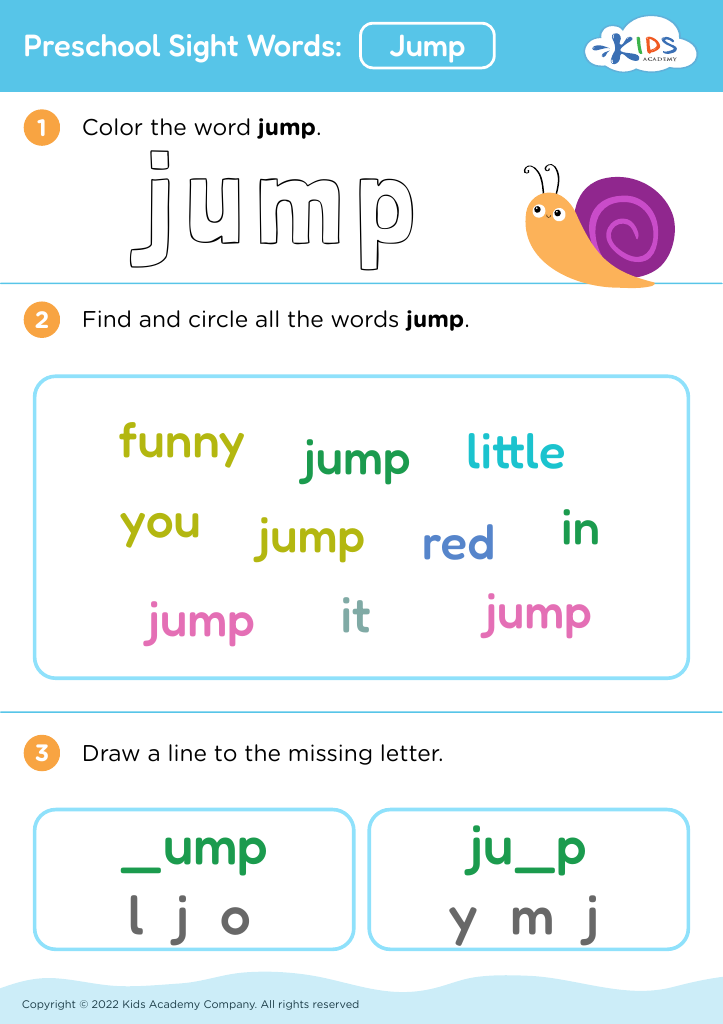
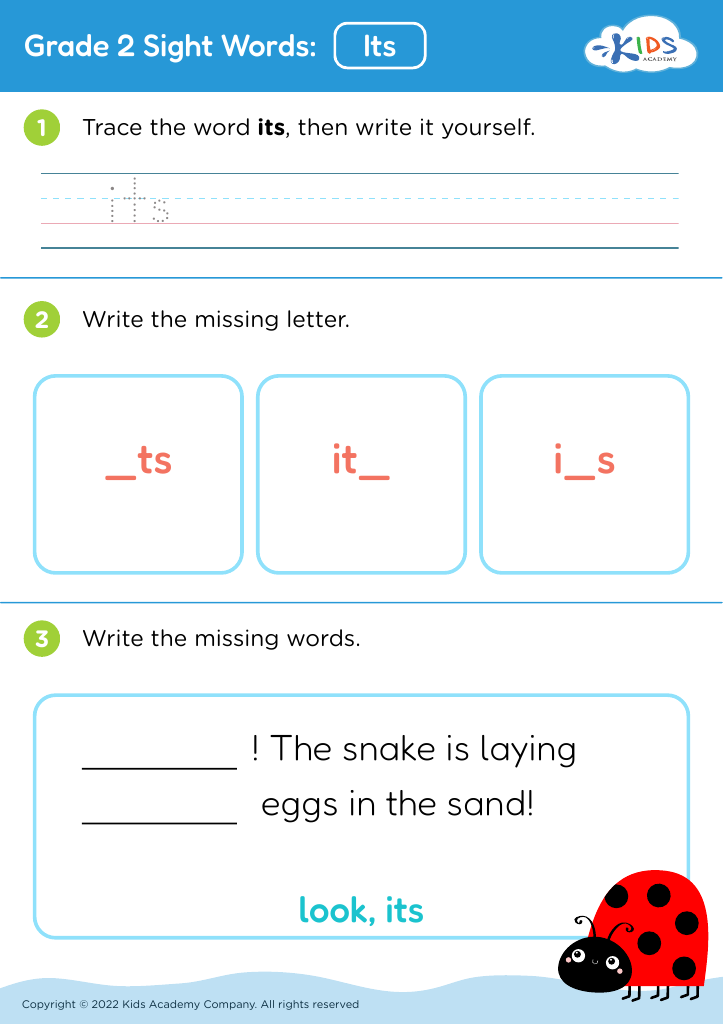
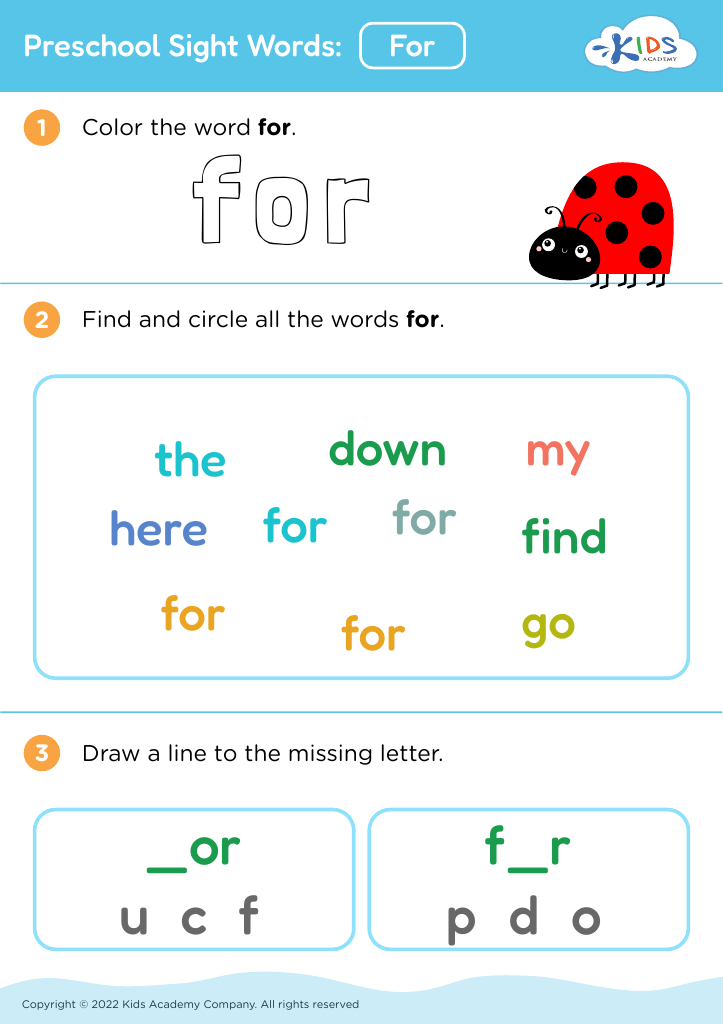

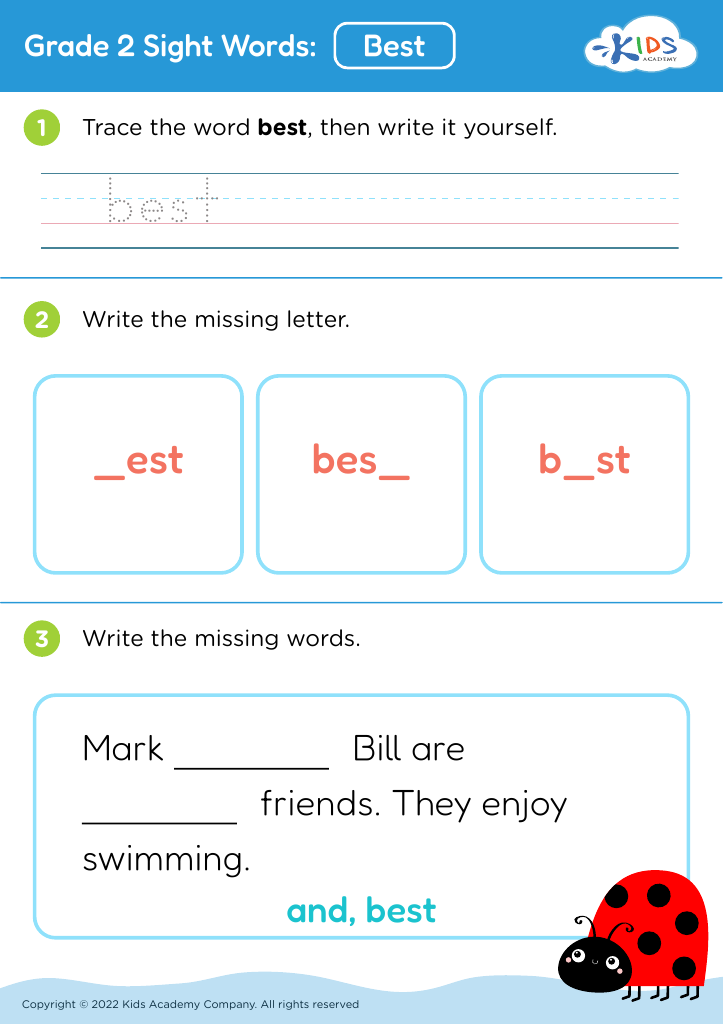

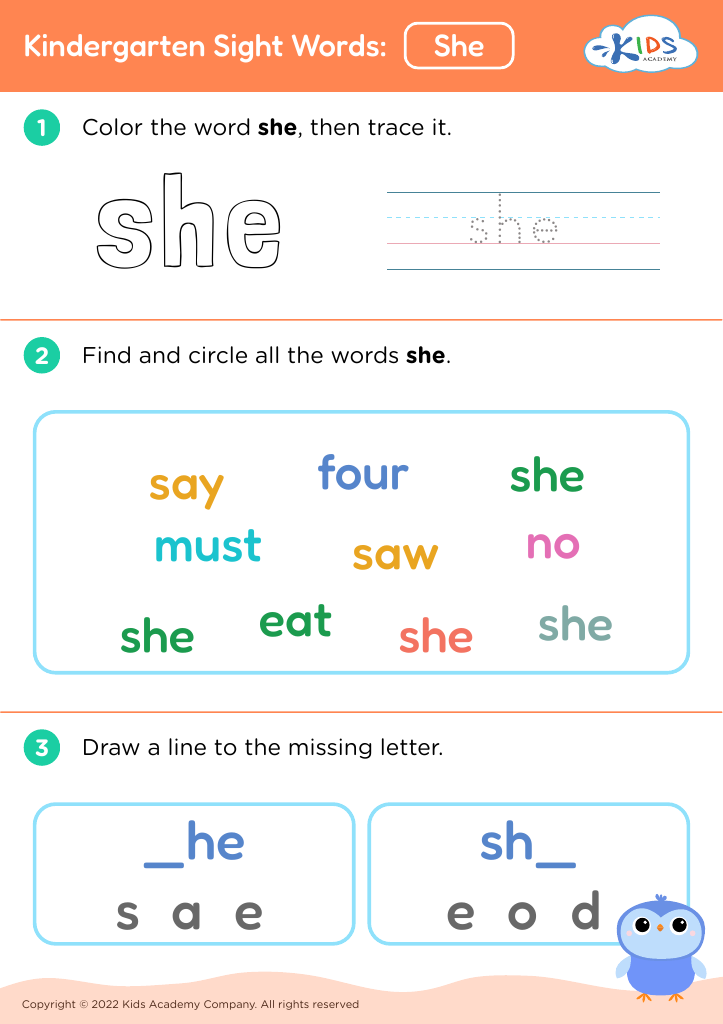





.jpg)













